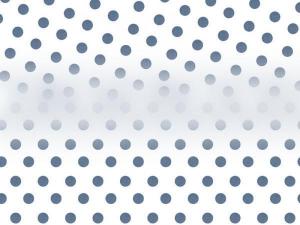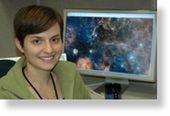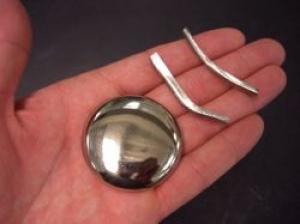OF THE
TIMES


(1) Near-Earth objects pose a serious and credible threat to humankind, as many scientists believe that a major asteroid or comet was responsible for the mass extinction of the majority of the Earth's species, including the dinosaurs, nearly 65,000,000 years ago.
(2) Similar objects have struck the Earth or passed through the Earth's atmosphere several times in the Earth's history and pose a similar threat in the future.
(3) Several such near-Earth objects have only been discovered within days of the objects' closest approach to Earth, and recent discoveries of such large objects indicate that many large near-Earth objects remain undiscovered.
(4) The efforts taken to date by NASA for detecting and characterizing the hazards of near-Earth objects are not sufficient to fully determine the threat posed by such objects to cause widespread destruction and loss of life.

